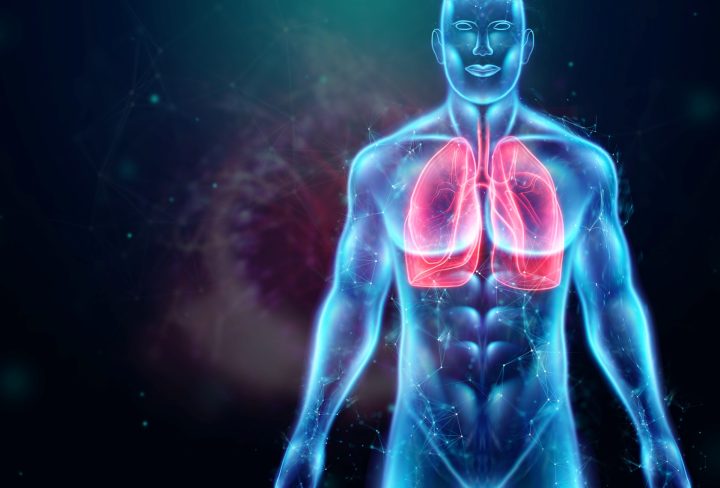Bronchoscopy is a medical procedure used to examine the airways and lungs for diagnostic and therapeutic purposes. In this comprehensive guide, we’ll explore what bronchoscopy entails, how to prepare for the procedure, what to expect during and after the procedure, and important considerations for patients undergoing bronchoscopy.
Bronchoscopy: What Is It?
Bronchoscopy is a minimally invasive procedure that allows a healthcare provider to visualize the inside of the airways and lungs using a thin, flexible tube called a bronchoscope. The bronchoscope is equipped with a light and camera at its tip, allowing the provider to examine the airways in detail and obtain tissue samples for further analysis.
Bronchoscopy: How To Prepare?
Preparing for bronchoscopy typically involves the following steps:
- Medical Evaluation: Your healthcare provider will conduct a thorough medical evaluation to assess your overall health and determine if bronchoscopy is appropriate for your condition. Be sure to inform your provider about any medications you are taking, allergies, or pre-existing medical conditions.
- Fasting: In most cases, you will be instructed to refrain from eating or drinking for a certain period before the procedure, typically 6 to 12 hours. Fasting helps reduce the risk of aspiration during the procedure and ensures clear visualization of the airways.
- Medication Adjustments: Your healthcare provider may instruct you to adjust or temporarily stop certain medications, such as blood thinners or antiplatelet agents, prior to bronchoscopy to minimize the risk of bleeding during the procedure. Follow your provider’s instructions carefully and inform them of any medications you are taking.
Bronchoscopy: What to Expect During the Procedure?
During bronchoscopy, you can expect the following:
- Anesthesia: You will be given a sedative or anesthesia to help you relax and remain comfortable during the procedure. In some cases, local anesthesia may be applied to the back of your throat to minimize discomfort.
- Insertion of Bronchoscope: The bronchoscope is inserted through your nose or mouth and guided down into your airways. Your healthcare provider will gently maneuver the bronchoscope through your throat and into your lungs while monitoring your oxygen levels and vital signs.
- Visualization: As the bronchoscope is advanced through your airways, your healthcare provider will examine the lining of your trachea, bronchi, and bronchioles using the camera and light at the tip of the scope. They may also use special instruments to collect tissue samples or perform therapeutic interventions if necessary.
- Monitoring: Throughout the procedure, your vital signs, including heart rate, blood pressure, and oxygen saturation, will be closely monitored by the healthcare team to ensure your safety and comfort.
What Happens After Bronchoscopy?
After bronchoscopy, you can expect the following:
- Recovery: You will be monitored in a recovery area until you are fully awake and alert. You may experience some throat discomfort, coughing, or mild hoarseness immediately after the procedure, which should resolve within a few hours.
- Results: Your healthcare provider will discuss the findings of the bronchoscopy with you and may provide preliminary results if tissue samples were collected for biopsy. Further testing or treatment may be recommended based on the results of the bronchoscopy.
- Post-Procedure Care: Your healthcare provider will provide instructions for post-procedure care, including any medications you may need to take, restrictions on physical activity, and signs of complications to watch for. Follow these instructions carefully to ensure a smooth recovery.
- Follow-Up: Depending on the findings of the bronchoscopy and your overall health status, your healthcare provider may schedule a follow-up appointment to discuss further management or monitoring.
Bronchoscopy is a valuable diagnostic and therapeutic tool used to evaluate and treat conditions affecting the airways and lungs.
If you have any questions or concerns about bronchoscopy do not hesitate to discuss them with your doctor.


